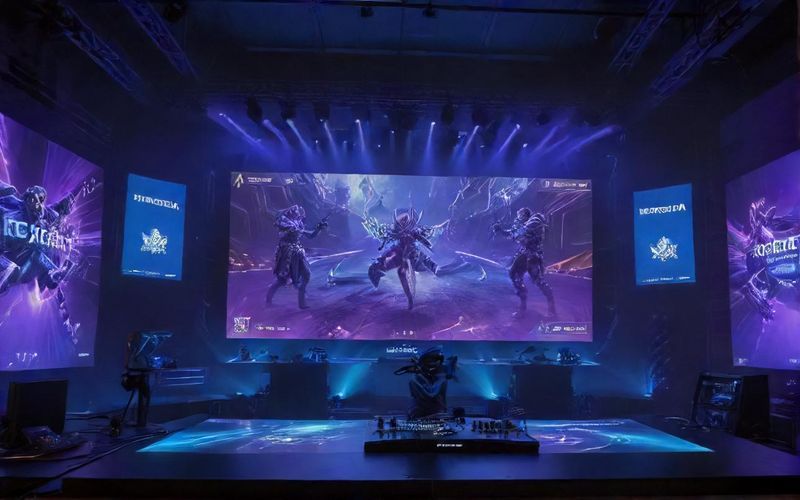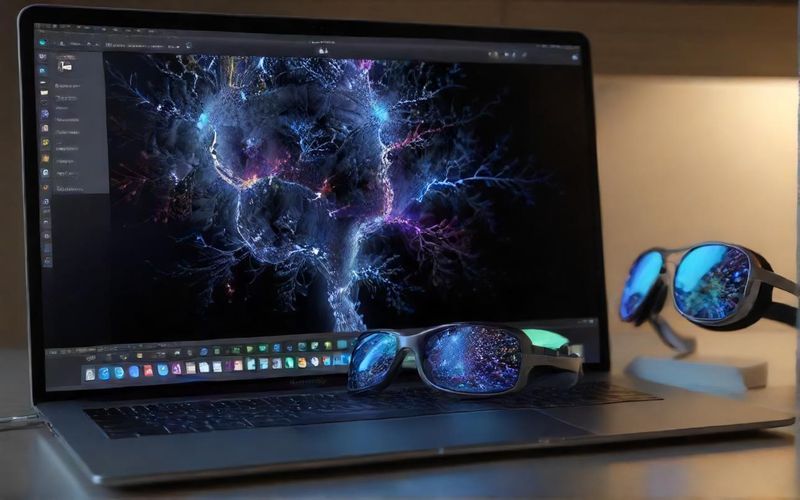AMD FSR 4 Now On Older GPUs, FSR 5 Universal

Initially, it seemed like the latest FSR advancements, like FSR 4, were going to be exclusive to the newest AMD hardware. And for a while, that was largely true, requiring the cutting-edge RDNA 4 architecture. But then, something unexpected happened. As reported by Tom's Hardware, AMD inadvertently released the source code for FSR 4. This opened the door for dedicated community members to figure out how to get it working on a much wider range of GPUs, not just the brand new ones. It took a bit of tinkering, involving mods and file swaps, but the result is that even older AMD cards, and potentially even those from competitors, can now tap into some of this improved visual fidelity. It’s a testament to the passion of PC gamers that these sorts of breakthroughs happen.
But it doesn't stop there. AMD has signaled even broader ambitions for the future. Their upcoming FSR update, codenamed Redstone (potentially FSR 5), is being developed with an eye toward universal compatibility. According to PC Gamer, this new version is being built using code from AMD's ROCm project, allowing it to run on standard GPU shader cores instead of requiring specialized AI hardware like Nvidia's Tensor cores. This means, in theory, FSR Redstone could function on virtually any modern GPU, regardless of manufacturer. This move towards a more open and accessible platform is a significant shift, and it’s understandable why investors and enthusiasts alike are watching the amd stock closely.
What's truly exciting about this shift is the potential it holds. Imagine being able to play the latest graphically intensive games with smoother frame rates and sharper visuals, no matter which brand of graphics card you have. It democratizes advanced visual technologies, making them available to a much larger audience. Of course, the quality needs to hold up, and FSR 4, while an improvement, still has some kinks to iron out compared to the very best of Nvidia’s offerings. But the fact that AMD is pushing for this cross-platform approach is a bold move that could reshape the competitive landscape. As we look ahead, will this universal approach to upscaling become the industry standard, or will proprietary solutions continue to dominate?









